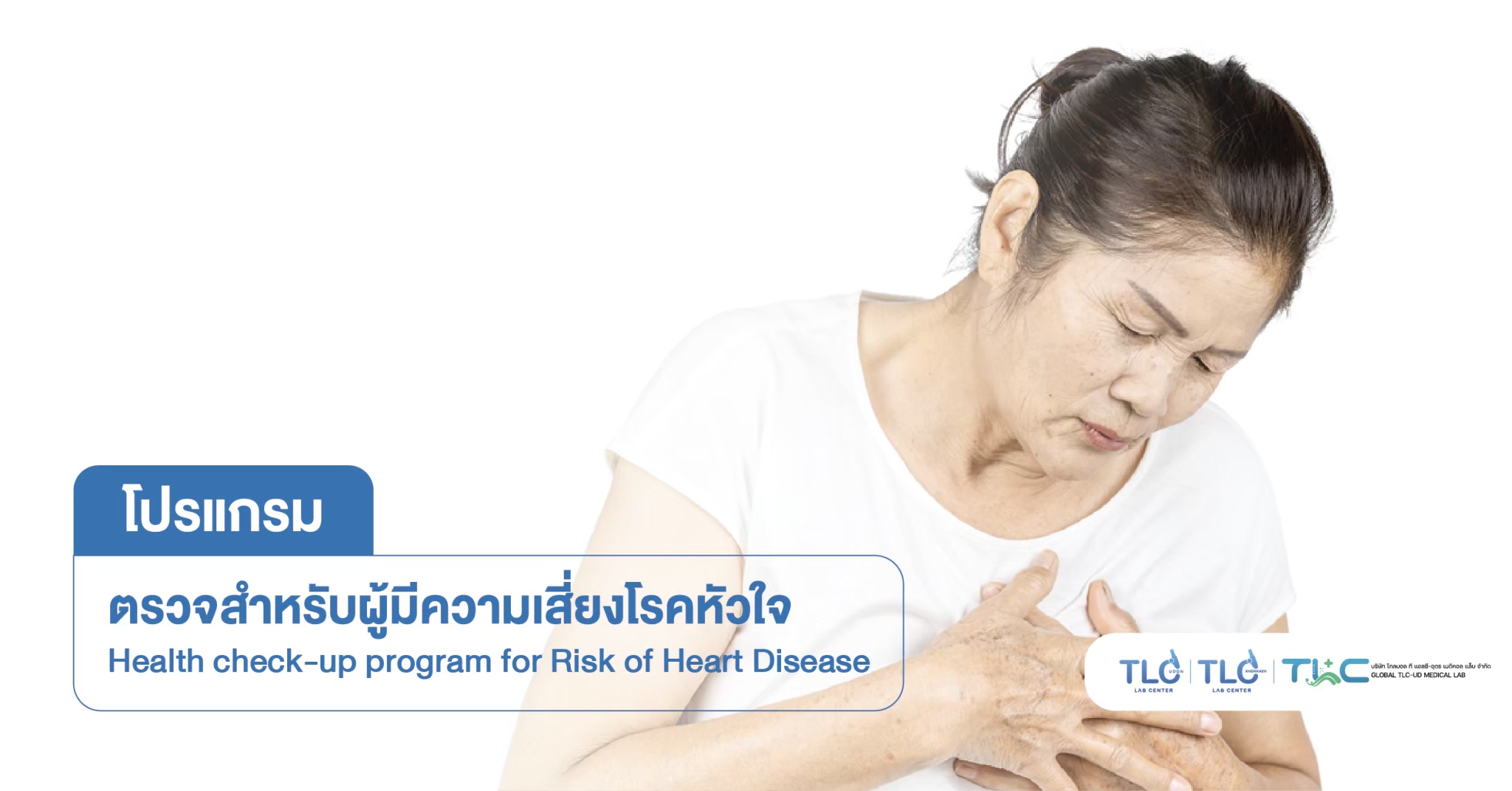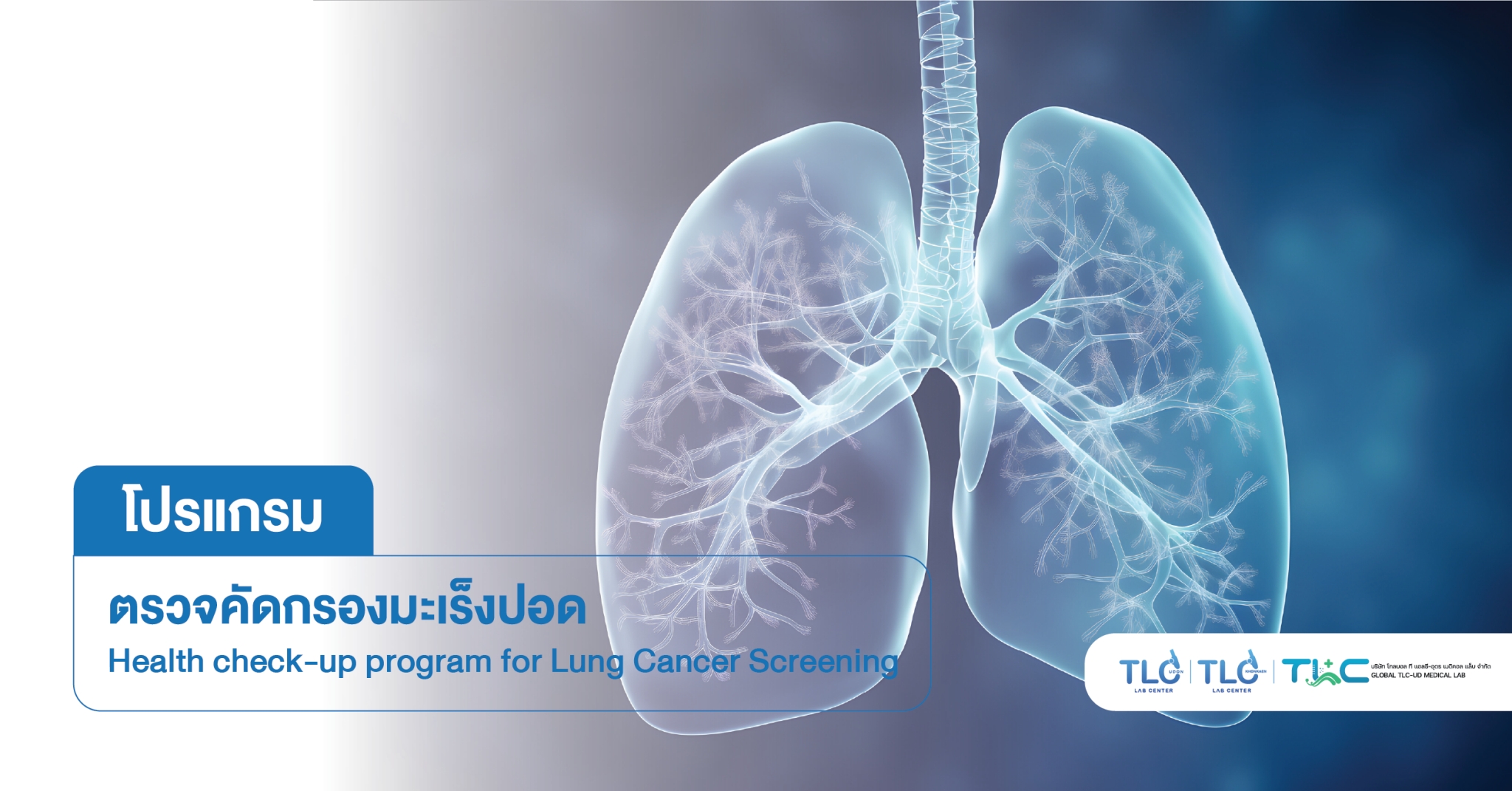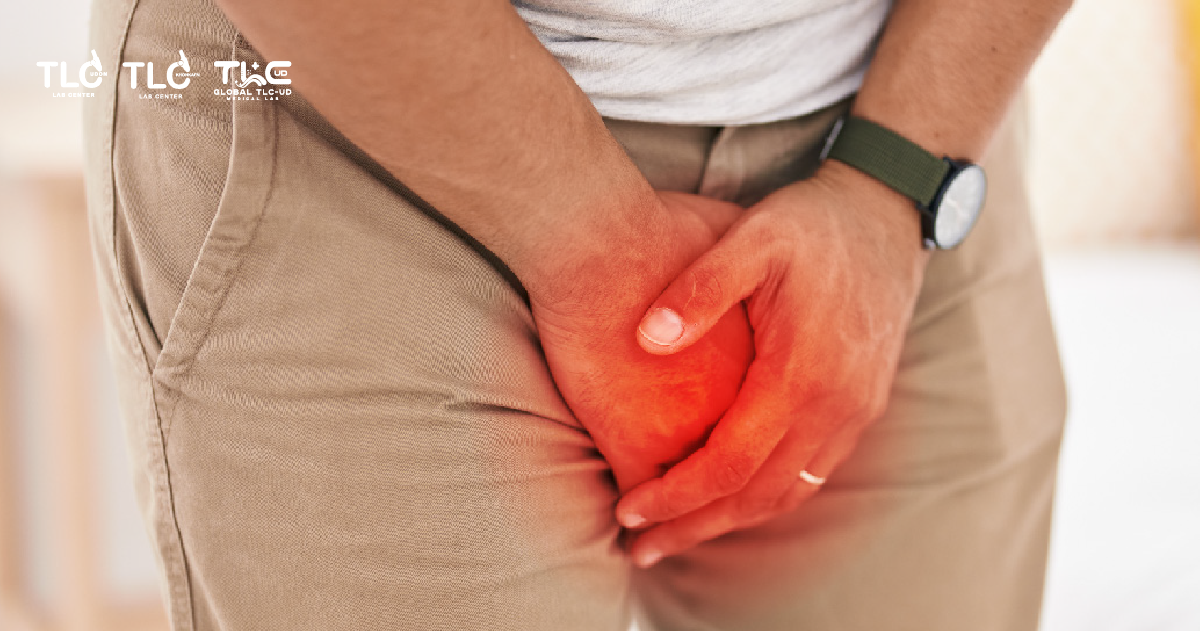Abdominal obesity (Metabolic Syndrome)
What diseases can follow?
Obesity is the cause of various chronic diseases that can follow, so be aware of obesity.
Do not allow yourself to have a weight increase over your threshold. Therefore, we regulate our weight and choose healthy food and exercise to control the amount of fat consumption. Both triglycerides and Cholesterol at normal levels will help us stay away from abdominal obesity, ready to be healthy at all stages of life
Abdominal obesity or metabolic syndrome:
Abdominal obesity is a condition in which excess fat (triglycerides) accumulates in the abdominal cavity. The accumulated fat is broken down into free fatty acids within the liver. As a result, insulin does not work well, resulting in “metabolic syndrome” and is the cause of complications such as non-chronic communicable diseases (NCDs)
(To read an article about non-communicable diseases (NCDs), click here.)
Metabolic syndrome refers to a group of metabolic disorders that lead to heart disease, stroke, and diabetes. This disease was formerly known as Syndrome X , insulin resistance syndrome.
The cause of metabolic syndrome:
- Eating food that contains too much starch and sugar
- Lifestyle behaviours such as not exercising
- Genetics

Risk factors for disease:
- Age: It was found that older people have a high chance of having this condition. Only 10% of people aged 20 have this condition, while people aged 60 have a 40% incidence rate.
- Race (Dark skinned people are more likely than white skins normal).
- Obese people are more likely to develop the disease than thin people.
- People with a family history of diabetes have a higher risk factor, as do those with
Preliminary methods for measuring abdominal obesity:
How to measure waist circumference: In a standing position, men should have a waist circumference of no more than 90 cm or 35.4 inches, while women should have a waist circumference of no more than 80 cm or 31.5 inches.
- Measurement from Body Mass Index (BMI): Is a popular method.
- [BMI = weight (kilograms) / height (meters)]
- BMI: Level greater than 25 (carries a risk of abdominal obesity)

Diagnostic criteria for metabolic syndrome:
A waist circumference greater than 90 cm in men and greater than 80 cm in women, plus two of the following list:
- High blood pressure 130/85 mm Hg or higher.
- Fasting blood sugar greater than 100 mg/dl
- Triglyceride level over 150 mg/dl
- Levels of HDL cholesterol (HDL)
- For men, HDL < 40 mg/dl
- For women, HDL < 50 mg/dl
Harmful effects of abdominal obesity:
Falling into a state of abdominal obesity will negatively affect the body, including :
obesity, fat-clogged cells, heart disease, paralysis, diabetes, hypertension, fatty liver, cancer, gallbladder disease, gout, osteoarthritis, sleep apnoea, skin disease, fungus, varicose veins.
Every 5 cm increase in waist circumference increases the risk of developing diabetes by a factor of 3-5 times.
Preventing abdominal obesity:
- Weight control
Eat less food and sugar because starch and sugar carry a dangerous risk of increasing the triglyceride type of fat.
Choose fruits and vegetables.
Exercise regularly. At least 30 minutes a day and 3 times / week.
Control fat levels by checking the lipid levels in the blood (Cholesterol, Triglyceride, HDL, LDL)
look at the levels and ratios of Triglycerides:
Triglyceride: HDL <2
LDL: HDL <3
When realising that there is fat in the belly, goals must be set as follows:
- Reduce triglyceride levels of fat.
Increase HDL cholesterol levels
- Reduce LDL cholesterol levels.
It is important to be aware and to take care of yourself from being obese. It is not just a number on the scale, and this is how we stay healthy in the long run.


















